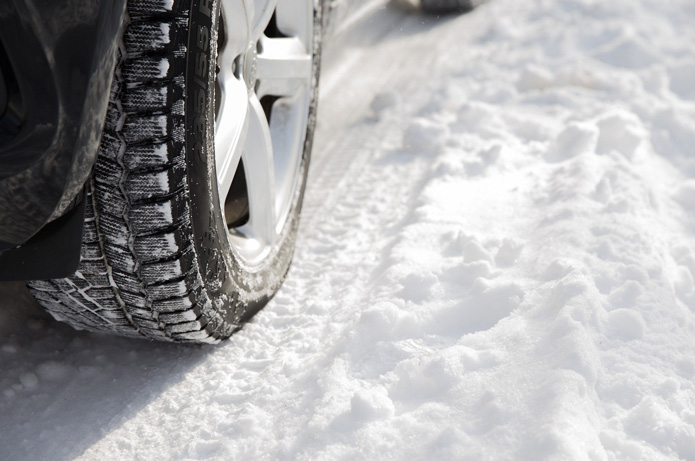Magazine
10 tips for driving in the snow
• Top tips on how to prepare to drive in the snow
• Stopping distance increases by ten times
With the changing of the seasons, different challenges face motorists on their daily commute or off on a seasonal break etc. It’s therefore crucial for drivers to prepare thoroughly before setting off on a journey, but particularly in the snow, as with these conditions, the roads become extremely dangerous and stopping distances increase by up to 10 times. With breakdowns also more common during the colder months when roads are more difficult to navigate compared to other times of the year, here are 10 tips to ensure you stay safe in treacherous winter weather.
1. Be prepared to leave at least 10 minutes earlier than usual after an overnight snow flurry. This should give you the extra time you’ll need to prepare the vehicle for the journey, including de-icing the windscreen, which is vital to do before setting off.
2. Try and plan a route using major roads or bus routes, as these are more likely to have been gritted and cleared in the morning and so will be safer to drive on.
3. Stick to gentle manoeuvres and do your best to avoid locking the wheels when braking or spinning them as you accelerate. Remember that when attempting to brake, stopping distances can be up to 10 times longer.
4. Change into dry shoes for driving as this makes for a more comfortable and safer journey, as you’ll be wearing shoes that won’t slip on the pedals after walking in the snow.
5. Always clear snow from the roof of the vehicle to prevent it potentially sliding down whilst driving and obscuring the rear window or windscreen. This one is also especially important, because if there’s still snow on the roof, it can cost you three points and a £60 fine, as it could be a hazard for other drivers when it drops onto the surface of the road.
6. Check that all your lightbulbs are working and the lenses are clean because when visibility is reduced, it is very important to use your headlights to see and be seen.
7. Address any vehicle repair or maintenance needs before attempting to drive in adverse weather conditions.
8. Check the windscreen washer fluid, but don’t top the reservoir up with tap water. Instead use proper screen wash, which is designed to freeze at a much lower temperature than water and will therefore reduce the risk of it freezing in the pipes or spray nozzles and allow you to keep your windscreen clear whilst driving.
9. Check that the tyres are neither over nor under-inflated, as both can add an unwelcome extra degree of difficulty in hazardous snowy conditions.
10. Always make sure that you have your breakdown and accident phone numbers on you should the unexpected happen and make sure you always carry a winter coat and a blanket in boot, as it’s important to keep warm should you be unfortunate enough to be stranded with your vehicle.
While driving in the snow can be a little bit more intimidating than driving in ‘normal’ conditions, as long as you are careful and follow these handy tips, you should be perfectly safe.

